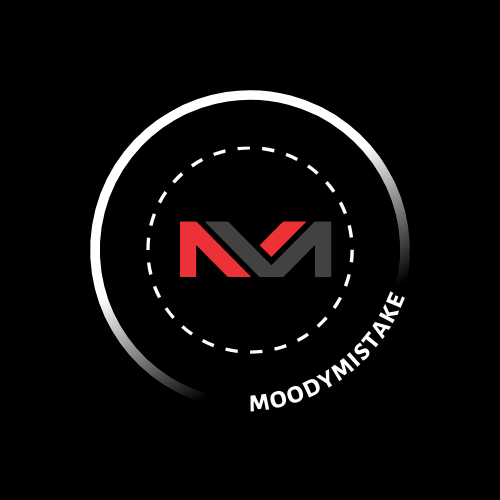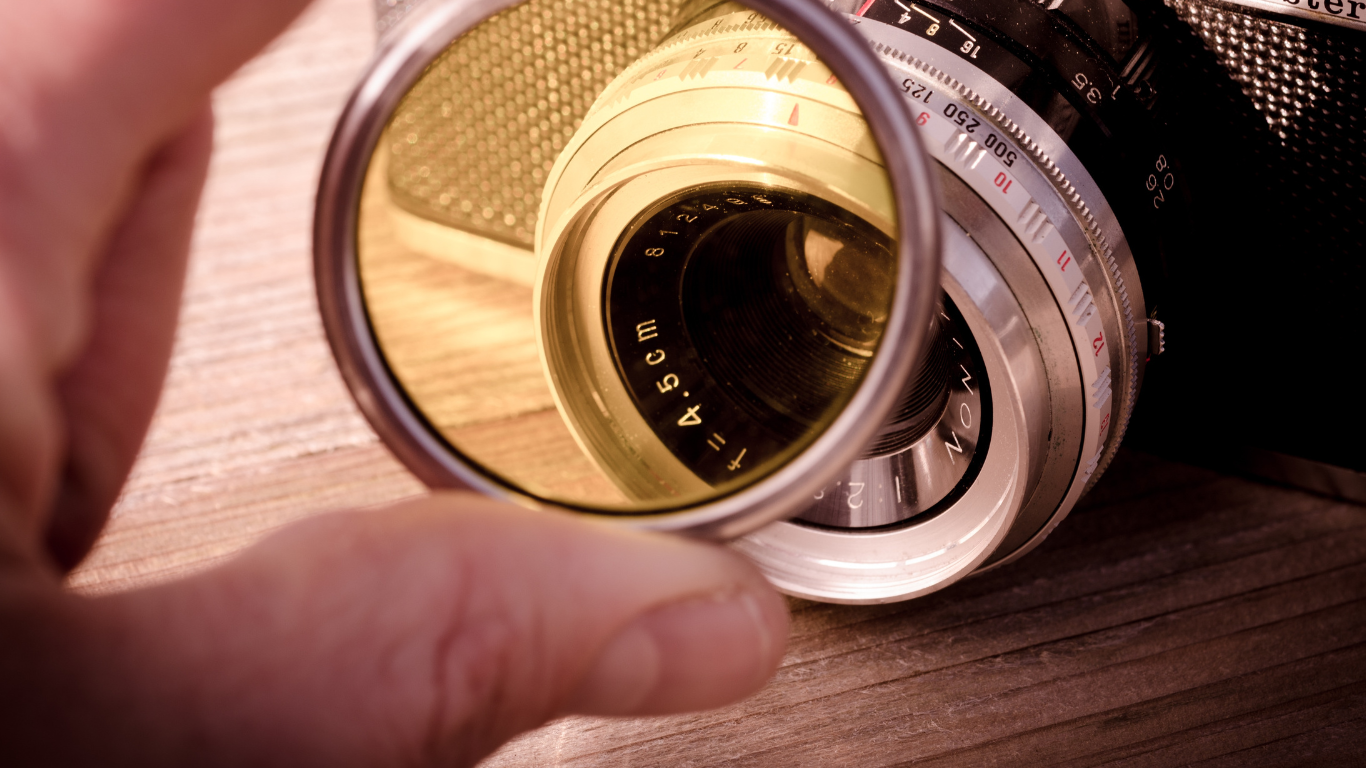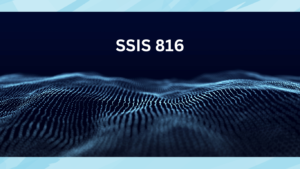Are you looking to elevate your Tumblr posts with stunning visuals? If so, learning how to use photo filters effectively is a game-changer. Tumblr, a platform known for its creative communities and aesthetic-driven content, thrives on eye-catching imagery. Whether you’re a beginner or a seasoned Tumblr user, this comprehensive photo filter tutorial for Tumblr will walk you through everything you need to know. From understanding what filters are to applying them for that perfect post, we’ve got you covered. This 3000-3500-word guide is designed to help you master the art of photo filtering, optimize your content for search engines, and connect with Tumblr’s vibrant audience. Let’s dive into the world of photo filters and see how they can transform your Tumblr experience!
What Are Photo Filters and Why Use Them on Tumblr?
Photo filters are digital effects applied to images to enhance their appearance. They can adjust colors, contrast, brightness, or add artistic touches like vintage tones or grainy textures. On Tumblr, where visuals reign supreme, filters are more than just tools—they’re a way to express personality, set a mood, and attract followers. Imagine scrolling through your dashboard: a perfectly filtered photo of a sunset or a cozy coffee shop stands out instantly. Filters help your images pop, making them more shareable and memorable. Tumblr’s community loves aesthetics, whether it’s pastel vibes, moody grays, or bold neons. By mastering photo filters, you tap into this culture, boosting your blog’s visibility and engagement. Plus, with Tumblr’s reblog feature, a striking filtered photo can spread like wildfire, connecting you with like-minded creators.
Getting Started: Tools You’ll Need for Tumblr Photo Filters
Before you start filtering, you’ll need the right tools. A smartphone or computer is your starting point—most Tumblr users post from mobile devices, but desktop works too. Next, you’ll want a reliable camera or access to high-quality stock images, since filters work best on clear, well-composed shots. Photo editing apps are essential, and we’ll cover the best ones later, but options like VSCO, Lightroom, or even Tumblr’s built-in editor are great places to begin. A Tumblr account is a must, so if you haven’t set one up, head to tumblr.com and create your blog. Finally, a bit of patience and creativity will go a long way. Filters are about experimentation, so don’t be afraid to play around until you find your style. With these basics in hand, you’re ready to jump into the tutorial.
Step-by-Step Photo Filter Tutorial for Tumblr
Ready to create your first filtered masterpiece? Follow this step-by-step photo filter tutorial tailored for Tumblr. First, choose a photo—something simple like a landscape or portrait works well for beginners. Open your chosen editing app; let’s use VSCO as an example since it’s popular among Tumblr users. Import your photo by tapping the plus icon and selecting your image from your gallery. Once loaded, scroll through the filter presets—VSCO offers options like A6 for a soft, filmy look or HB1 for bold contrasts. Tap a filter to apply it, then adjust its intensity using the slider (usually 0-12). Next, fine-tune the image with tools like exposure, contrast, and saturation to match Tumblr’s aesthetic vibe. When you’re happy with the result, save the edited photo to your device. Now, open the Tumblr app, tap the pencil icon to create a new post, select “Photo,” upload your filtered image, add tags like #photography or #aesthetic, and hit “Post.” That’s it—your filtered photo is live!
Best Apps and Software for Tumblr Photo Filters
Choosing the right app can make or break your photo filter game. Here’s a rundown of the best tools for Tumblr-worthy edits. VSCO is a fan favorite, offering a wide range of free and premium filters plus precise editing controls—perfect for that dreamy Tumblr look. Adobe Lightroom Mobile is another powerhouse, ideal for users who want professional-grade adjustments like curves and color grading. Snapseed, a free Google app, combines ease of use with powerful features like selective edits and healing tools. For quick fixes, Canva offers filter options alongside design templates, great if you’re pairing photos with text. If you prefer desktop editing, Photoshop Express provides robust filter capabilities with a user-friendly interface. Each tool has its strengths, so try a few to see which fits your workflow. Bonus tip: many Tumblr users swear by combining apps—starting in VSCO, then tweaking in Snapseed for a custom touch.
Understanding Tumblr’s Aesthetic: Filter Trends to Follow
Tumblr’s aesthetic is a universe of its own, and filters play a big role in defining it. Current trends lean toward soft pastels, vintage fades, and moody monochromes. Pastel filters, like those with light pinks or blues, give photos a gentle, whimsical feel—think VSCO’s C1 or Lightroom’s pastel presets. Vintage styles, with grain and muted tones, mimic old film and are huge in the #retro tag—try VSCO’s F2 or Snapseed’s Retro Lux. Dark, moody filters with deep shadows and desaturated colors dominate the #grunge crowd—Lightroom’s Matte presets nail this vibe. Neon and glitch effects are also popping up, especially in #vaporwave posts, achievable with apps like Glitch Lab. Study top Tumblr blogs to spot these trends, then adapt them to your style. The key is consistency—pick a filter vibe and stick with it to build a recognizable brand on your blog.
How to Apply Filters Directly on Tumblr
Did you know Tumblr has its own built-in filter tools? It’s a handy option if you’re short on time or prefer editing on the fly. To start, open the Tumblr app and tap the pencil icon to create a post. Select “Photo” and upload your image from your device. Once it’s loaded, tap the palette icon (it looks like a little paintbrush) above the image. Tumblr offers a small but solid selection of filters—think basic options like “Fade,” “Vivid,” or “Noir.” Swipe through them, tap your favorite, and watch the preview update. You can also tweak brightness or crop the image using the additional icons. When it’s perfect, add your caption and tags, then post. While Tumblr’s filters aren’t as advanced as standalone apps, they’re quick and seamless, making them ideal for casual posts or last-minute edits.
Customizing Filters for a Unique Look
Want to stand out on Tumblr? Customizing filters is the way to go. Start with a base filter from your app—say, VSCO’s A5 for a warm tone. Then, dive into the manual adjustments. Boost the contrast slightly to make details pop, or lower the saturation for a softer effect. Add a touch of grain for texture, a staple in Tumblr’s vintage aesthetic. If your app supports split toning (like Lightroom), experiment with adding blue to the shadows and orange to the highlights for a cinematic feel. Save your custom settings as a preset to reuse later—this keeps your blog’s look consistent. For a truly unique twist, layer filters: apply a subtle base in one app, then tweak it with a second app’s effects. Customization takes practice, but it’s how you’ll craft a signature style that Tumblr users will recognize instantly.
Posting Your Filtered Photos on Tumblr: Best Practices
Posting is where your filter work pays off, but there’s an art to it. First, timing matters—Tumblr’s peak hours are evenings and weekends, so schedule posts accordingly using the queue feature. Use photosets for multiple filtered images; arrange them creatively (e.g., two verticals side by side) to grab attention. Tags are your SEO lifeline—include broad ones like #photoedit and niche ones like #vscofilter to reach the right audience. Write a short, engaging caption—maybe a quote, a mood, or a question—to spark interaction. Optimize image size (Tumblr’s ideal width is 540 pixels) to avoid distortion. Finally, engage with reblogs and comments to build community—Tumblr thrives on connection. Follow these steps, and your filtered photos will shine on the dashboard.
SEO Tips for Your Tumblr Photo Filter Posts
SEO isn’t just for Google—it works on Tumblr too. Start with your blog’s title and description; weave in “photo filter tutorial Tumblr” naturally to signal your niche. For each post, use the primary keyword in your caption (e.g., “Check out my latest photo filter tutorial for Tumblr!”) and first tag. Add related keywords like #photofilters, #tumblrfilters, and #aestheticedit to broaden reach. Tumblr’s search favors tags, so list 5-10 relevant ones per post—avoid spamming, though, as it can backfire. Link to your posts on other platforms like Twitter to drive traffic, boosting Tumblr’s algorithm favor. Keep your blog active with regular posts; consistency signals relevance. With these tricks, your filtered photos will climb Tumblr’s search ranks, attracting more eyes.
Common Mistakes to Avoid When Using Photo Filters
Filters can go wrong fast if you’re not careful. Overdoing it is the top mistake—cranking a filter to max intensity can make photos look unnatural and cheap. Stick to subtle adjustments unless the vibe demands boldness. Ignoring photo quality is another pitfall; filters enhance, not fix, blurry or poorly lit shots. Don’t skip basic edits like cropping or straightening—filters won’t hide sloppy composition. Using the same filter for every post can get stale; variety keeps your blog fresh. Finally, neglecting Tumblr’s guidelines (e.g., posting overly explicit filtered content) risks bans. Test your edits on different screens to ensure they look good everywhere, and always preview before posting. Avoid these traps, and your filter game will stay strong.
Inspiration: Top Tumblr Blogs Using Photo Filters
Need a spark? Check out these Tumblr blogs excelling with filters. “FilterGrade” (filtergrade.tumblr.com) showcases pro-level edits with a marketplace twist—perfect for seeing filters in action. “VSCO”’s official blog highlights their signature looks, offering endless ideas for soft, filmy vibes. “Aesthetic-Pleasures” leans into pastel and vintage filters, embodying Tumblr’s core aesthetic. “GlitchArt” experiments with neon and distortion, pushing creative boundaries. “MoodyGrams” masters dark, atmospheric filters, inspiring grunge lovers. Scroll their posts, note their filter choices, and adapt what resonates. These blogs prove filters aren’t just effects—they’re storytelling tools that define your Tumblr presence.
Frequently Asked Questions About Photo Filter Tutorials on Tumblr
New to filtering on Tumblr? Here are answers to common questions. How do I pick the right filter? Match it to your photo’s mood—bright for cheerful shots, moody for dramatic ones. Are Tumblr’s built-in filters enough? They’re fine for quick edits but lack the depth of apps like VSCO. Can I use filters on old photos? Yes, just ensure they’re high-quality to avoid graininess. How many tags should I use? Aim for 5-10; too many can feel spammy. What’s the best app for beginners? Snapseed is free, intuitive, and powerful. These FAQs should clear up any confusion, setting you up for filter success.
Conclusion: Start Filtering Like a Pro on Tumblr
Mastering photo filters on Tumblr is about more than just slapping effects on images—it’s about crafting a visual identity that resonates with the platform’s creative soul. This photo filter tutorial for Tumblr has walked you through the essentials: picking tools, applying filters, customizing looks, and posting smart. With practice, you’ll turn ordinary photos into scroll-stopping art that earns likes, reblogs, and followers. Tumblr’s community rewards originality, so experiment, find your style, and share your journey. Ready to get started?




